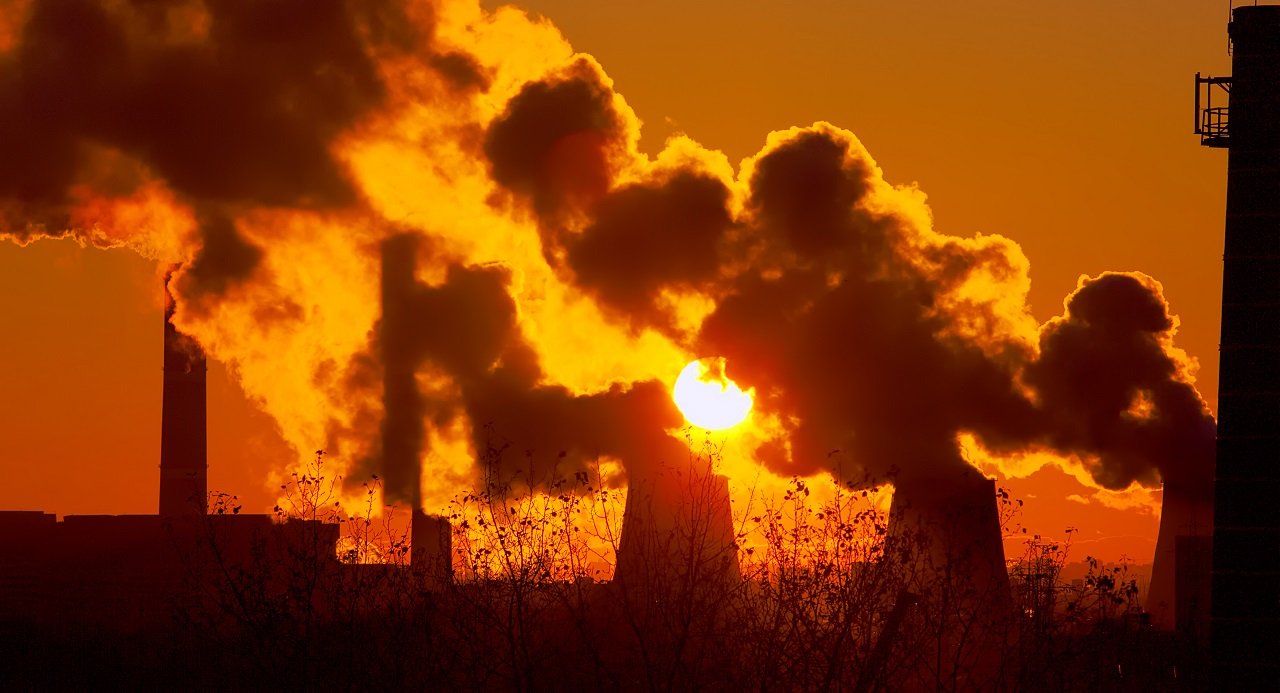3 ways climate change will change oil & gas
COVID-19 brought rapid changes to the oil and gas industry, but even prior to the pandemic, oil companies were being pressured to change

COVID-19 brought rapid changes to the oil and gas industry, but even prior to the pandemic, oil companies were being pressured to change due to the myriad impacts of the climate crisis.
Here are three key ways climate change could impact the oil and gas sector.
Increasing investor pressure and government regulation
With the impact of the climate crisis becoming ever more visible thanks to extreme weather events, unseasonable temperatures, 2020 has pushed investors to change their expectations of the companies and governments they affiliate themselves with. Investor sentiment appears to be moving in the direction of low or no carbon futures, and it has the power to guide government regulations as well.
“What is going to drive companies to transition to cleaner energy projects is public and, in particular, investor sentiment. Investor sentiment ultimately dictates the availability and cost of funding for energy projects,” Ian McLelland from Edison Group, a research and advisory service, says. “While I applaud the companies who are setting out a clear pathway to transition to a cleaner energy future, the reality is they really have no choice if they want to enjoy the same access to the financial markets that they have historically enjoyed.”
McLelland points to a duality in the energy transition. On one hand, the renewables sector needs to confront difficult questions about its abilities to generate profits comparable to the oil and gas sector to get investors onside. Simultaneously, a company’s perceived incompatibility with a low-carbon future will impact the public’s willingness to invest in them, or the company’s ability to access financing.
Incentivising renewables over gas in the power sector
While gas has been presented as the low-carbon “bridge fuel” we need to achieve global energy transition, there are signs that this ‘bridge period’ may be shorter than previously anticipated. In the power sector, there are growing concerns over the impacts of methane emissions. This awareness around methane is being coupled with lower costs for developing renewable energy, making a switch from gas to renewables in the power sector a more common choice. For those investing in the expansion of gas infrastructure, concerns are rising over stranded assets as a result of climate change. Global Energy Monitor projects a risk of up to $1 trillion in stranded assets.
“Forecasts of a low-demand future that seemed outlandish a few years ago are just becoming much more normal now,” says Axel Dalman, an oil & gas analyst at Carbon Tracker. “New projects trying to expand production, expand volumes, […] will not be profitable because [gas] demand will end up much lower and prices will end up much lower. And that’s where the stranded assets problem comes in – the risk is for companies to overestimate where demand will end up in the future.”
Some industry voices point out that gas could be a viable replacement to oil during the transition period, in scenarios where renewables aren’t feasible – like large-scale commercial shipping and road transport. But the scope and necessity of gas has certainly narrowed to the extent that continued investment warrants a serious second thought.
Job loss and just transition
The human cost of climate change’s impact on the fossil fuel sector will depend on the industry’s willingness to engage with a just transition to a zero-carbon economy. The two primary areas of impact are job loss and the environmental impact of early-retired fossil fuel sites on surrounding communities. During the pandemic, job losses in the oil and gas sector took place at devastating speed: between March and August of 2020, more than 100,000 positions were lost, 70% of which are not expected to be reinstated post-pandemic. More broadly, as oil demand decreases, a managed and equitable transition to renewable energy is essential to preserve the communities of workers who could be impacted.
Part of a just transition involves considering the well-being of communities living near oil and gas sites, particularly those that have been abandoned or decommissioned. In the U.S. alone, as of 2018, there were more than 3 million abandoned oil and gas wells – which are sources of methane emissions, and are considered health hazards and public nuisances. As oil and gas production declines, the oil and gas sector needs to take stock of the abandoned infrastructure, and reckon with whose responsibility it is to fund the cleanup; one study estimated that the cost of cleaning up abandoned US oil and gas wells would be (USD) $7 billion, while a Canadian regulator estimates the country’s cleanup to cost a staggering (CAD) $100 billion.
It’s difficult to say what this transition will look like – who will take on the costs of cleanup and supporting shifts in the workforce – but it’s certain that the sector should already be planning for what the next decades will look like.



